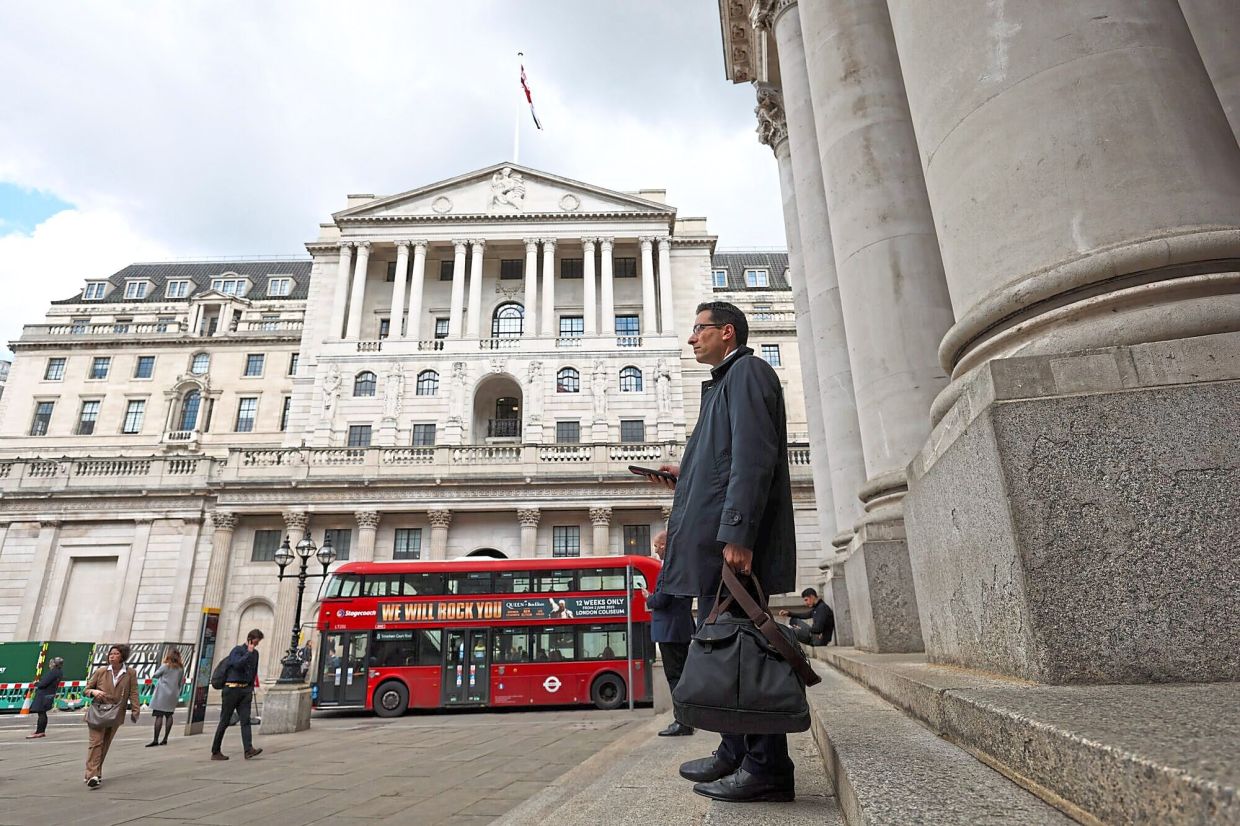LONDON: Bank of England (BoE) rate setters risk underestimating the strength of the UK economy by placing too much faith in downbeat business surveys over official growth data.
Governor Andrew Bailey revealed last week he is putting more emphasis on indicators such as S&P Global’s purchasing managers’ index (PMI), warning that “we’ve had more volatile, short-run gross domestic product (GDP) numbers of late.”
However, BoE watchers caution against repeating the error made after the 2016 Brexit referendum, when officials eased policy in response to a sharp downturn registered in surveys.
The conflicting signals threaten to muddy the waters at a time when the BoE is deciding how much more it can cut rates, as it weighs a fresh uptick in inflation against concerns over the economy and US President Donald Trump’s trade war.
Official figures show GDP growth picking up strongly in the first quarter to 0.7%, the strongest performance in a year.
Yet the growth signal from the PMIs, when an average is taken over the quarter, shows a more stable but stagnant picture – a view that the BoE believes is more indicative of the economy’s underlying state.
The index showed virtually zero growth in the first quarter. It then dropped into contractionary territory in April as businesses baulked at Trump’s tariffs before rebounding to a flat reading in May.
“The challenge we have at the moment is that the forward looking evidence on activity in the economy, so the survey says, are nothing like as strong as that,” Bailey told Parliament’s Treasury Committee.
He called the gap a “disjoint” and said that BoE staff believe the private sector surveys are a better predictor of the economy’s future than the previous GDP figure.
“Bailey is at risk of repeating the same error made after the Brexit referendum, of taking a weak PMI as strong evidence of actual growth, when it proved to be very misleading,” said Robert Wood, chief UK economist at Pantheon Macroeconomics.
“There is strong evidence that the PMI is far too pessimistic about growth when uncertainty rises because the qualitative nature of the survey means that it captures sentiment rather than actual growth.
“The same will very likely apply to Mr Bailey’s visits to firms,” he said.
The economy grew by 1.9% in 2016, in line with the average of the previous six years – despite the political upheaval caused by Britain’s vote to leave the European Union.
While the official data for the first quarter of 2025 was likely boosted by temporary factors as manufacturers rushed to get ahead of US tariffs, there were also signs of strength in services, the largest part of the UK economy.
Government data have been under suspicion amid a series of statistical flaws primarily affecting the labour market data, but also covering estimates of GDP. One concern is whether they are correctly adjusting for seasonal shifts in economic output.
“There’s also some evidence to suggest the GDP data, especially the like-for-like services PMI equivalent component, has been exhibiting some strong seasonality since the pandemic, which is not evident in the PMI,” said Chris Williamson, chief business economist at S&P Global Market Intelligence. — Bloomberg
